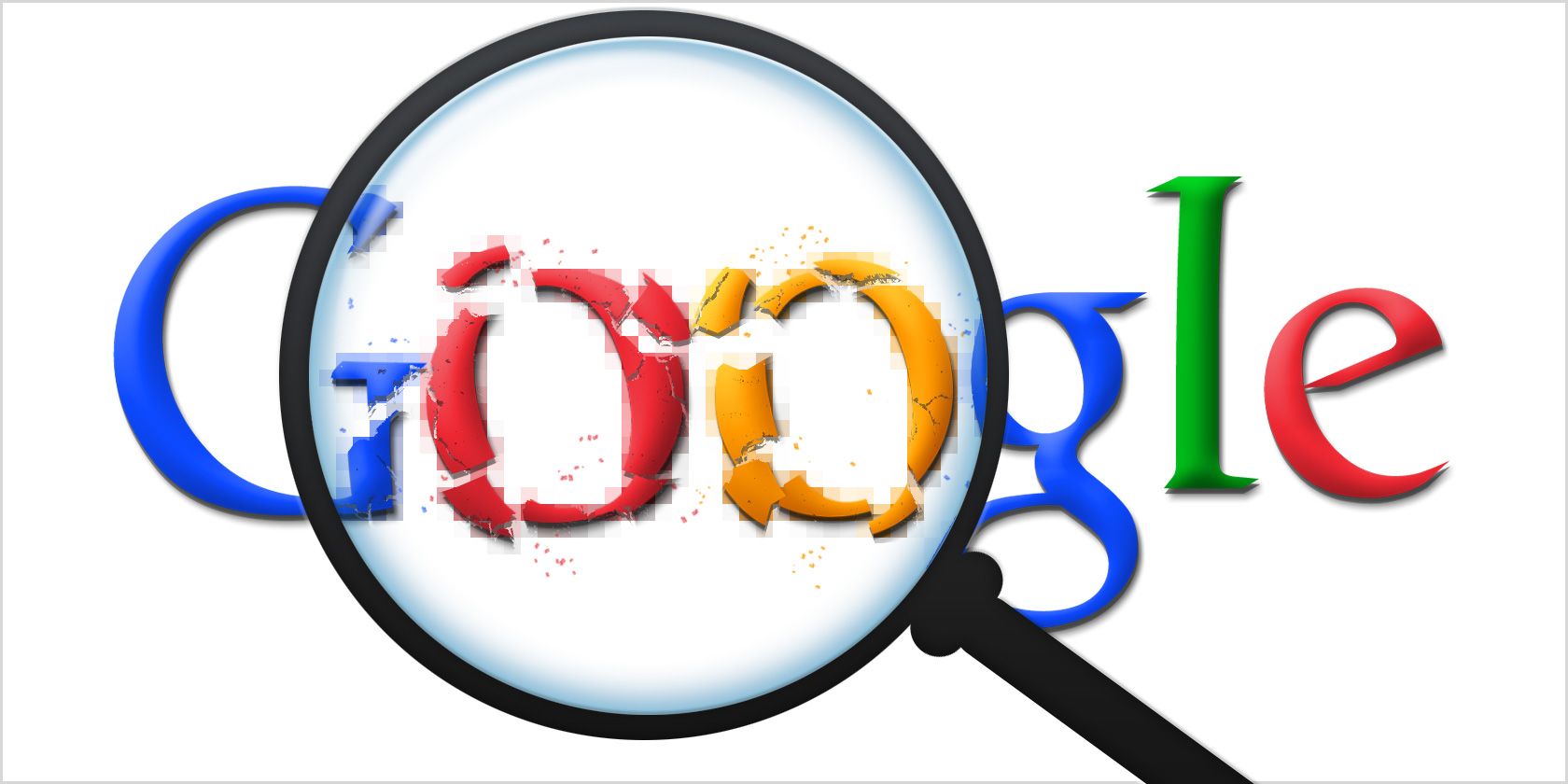The internet has progressed massively over the last two decades. Back then, Apple was a struggling computer company, AOL was a booming internet service provider, and Microsoft was on the verge of releasing Windows 98. Through the magic of the Wayback Machine, we can travel back in time and revisit the past.
Take a walk down memory lane with us as we hop into our DeLorean and take a look at what the web used to be. If you were there at the time, you’ll feel nostalgia. If not, you might be surprised just how far we’ve come. Feel free to follow the links and do your own exploring, even revisit your own old haunts and marvel at how dated they look.
![A screenshot of YouTube in 2005]()
In 2005, YouTube was founded by three American guys who worked for PayPal. It made the process of uploading and viewing videos so much easier than it ever had been before. The first video was titled “Me at the zoo”, uploaded by co-founder Jawed Karim.
Google purchased the site in 2006 and YouTube continues to dominate; today, 300 hours of video get uploaded every minute.
![A screenshot of eBay in 1999]()
eBay wasn’t always called that. When it launched in 1995, it was known as The AuctionWeb, and one of the first things sold was a broken laser pointer for $14.83. In 1996, the site hosted 250,000 auctions. A year later, that figure went up to two million, with Beanie Babies making up 10% of those listings.
eBay continues to be a popular shopping destination, though now it sells a whole lot more than collectible toys.
![Screenshot of Apple in 1997]()
Apple, now one of the most valuable companies in the world, was a struggling computer company back in the 90s. Apple’s website from 1997 seems like it’s about a completely different company from the Apple we know today. But even back then, Apple pushed mobile devices—the eMate 300 in this case, which used Apple’s Newton platform. (It flopped.)
![Screenshot of Google in 1998]()
Google wasn’t the first search engine, though it did improve upon it thanks to a page ranking formula created by Larry Page and Sergey Brin. The iconic, minimalistic design has always been present on their site, as has the colorful logo.
Here’s a little-known fact: The only reason Google started with such a simple design is because the company founders had little knowledge of HTML.
![A screenshot of Yahoo in 1997]()
1997 was the pre-Google era, so people used other search engines—like Yahoo. Yahoo was a pretty basic search engine and directory back then, nothing like the jam-packed front page it would become. But then, Yahoo just couldn’t be cluttered back then. It would have taken too long to download over those old dial-up modems.
![how websites used to look like]()
Microsoft was working on Windows 98 at the time, and their “Where do you want to go today?” slogan featured prominently on their website. As you can see, they’ve always offered a variety of products and services. The top headline—“Internet Explorer 4.0 Debuts to Critics’ Applause”—is amusing in retrospect, since in later years the browser was swiftly overtaken by the competition.
![Screenshot of Amazon's website in 1999]()
Amazon began selling books in 1995 and was, like all good internet companies, founded out of a garage by Jeff Bezos. He chose books because of the worldwide demand for literature, the low cost, and the huge variety available. Bezos was selling $20,000 a week within two months, so you might say it was the right choice, especially since Amazon remains the number one online shopping destination.
![Screenshot of AOL's website in 1997]()
AOL’s website really is a blast from the past. The front page advertises the beta release of AOL Instant Messenger, which ultimately became very popular. It even offers a free AOL trial, which brought many people online for the first time.
![Screenshot of GeoCities' website in 1997]()
If you were around in the 90s, I’m sure you remember GeoCities. Instead of creating blogs, people created their own personal websites and they usually looked horrible. GeoCities was shut down officially in 2009, but it faded away and died many years before.
![Screenshot of the New York Times website in 1997]()
The New York Times shows us what a newspaper website used to be like. The website attempts to bring the familiar newspaper-style layout to a browser. Luckily, newspaper websites have advanced since then, and for many publications, it’s the primary output since print media is no longer as popular as it once was.
![Screenshot of AltaVista in 1997]()
If you weren’t using Yahoo, there’s a good chance you were using AltaVista. Back in 1997, they were more than just a search engine. You can see that from their proud boasting of a new “email with attitude” service called ME-Mail. AltaVista now just redirects to Yahoo’s search results, and Yahoo is just a frontend to Microsoft’s Bing.
![White House website in 1997]()
The White House front page used to be the “White House Virtual Library.” It offered the ability to browse and search a variety of documents. No splashy front page with the latest news and high-resolution images of the president here, just a glorified search engine with a tiling background that would have been all the rage at the time.
Even More Blasts From the Past
One day, someone will no doubt write about how ancient the web looks now and marvel at how backward we were.
Now that you’ve learned about the history of the web and how it used to look, it’s time to check out some fascinating sites to make real history come alive.
Read the full article: Go Back in Time: How 12 Big Websites Looked Years Ago
Read Full Article


 But
But 





















